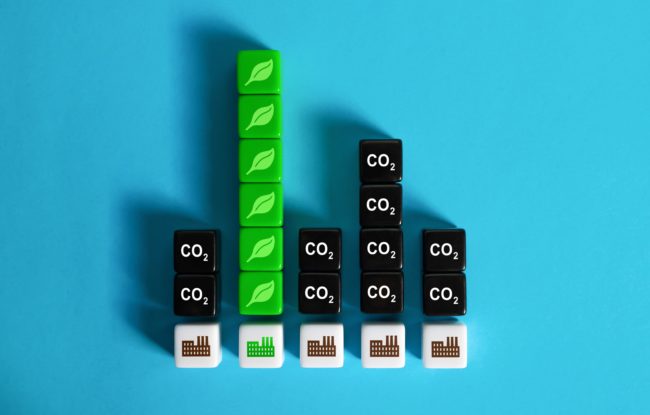Proliferating carbon markets: can the EU ETS drive climate action outside of the EU?

Since the establishment of the EU ETS in 2005, the EU played a pivotal role in the proliferation of carbon pricing. However, carbon pricing remains marginal on a global scale. Carbon taxes and emissions trading schemes of different sorts cover less than a 1/5 of global carbon emissions as of 2022.
Now, the EU wants to take it a step further. The intended introduction of the CBAM should serve as a reminder that the Union is serious about the need for global climate action. At the same time, it presents an opportunity to do away with the unfair and ineffective free allocation of allowances to energy intensive industries within the Union.
Yet, it needs to be acknowledged that the CBAM legislation may also negatively impact certain less developed countries in the EU’s immediate and more distant neighbourhood as many are dependent on export revenues to the EU. The CBAM must not shift the economic burden of developed-world climate policies to the developing world. It is all the more important that the CBAM is presented and perceived as a catalyst for change, raising the bar for all, rather than as a protectionist measure.
The aim of this policy briefing is to: (1) highlight the impacts of the EU ETS on carbon pricing policy developments in EU trading partner countries; (2) assess impacts of the EU ETS developments on EU neighbours and partners abroad; (3) present key carbon pricing systems in neighbouring countries and (4) outline constructive ways forward.




